PDF | On Jan 1, 2009, Galen Strawson published Realistic Monism: Why Physicalism Entails Panpsychism | Find, read and cite all the research you need on ResearchGate.
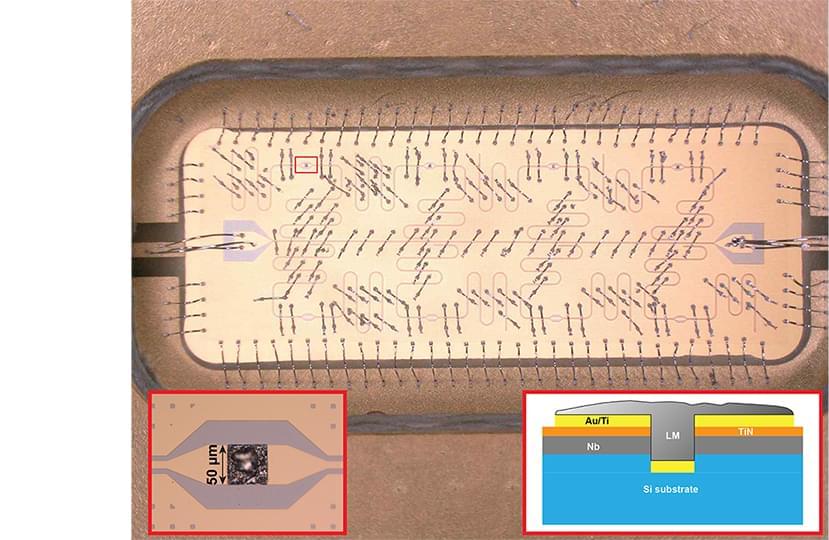

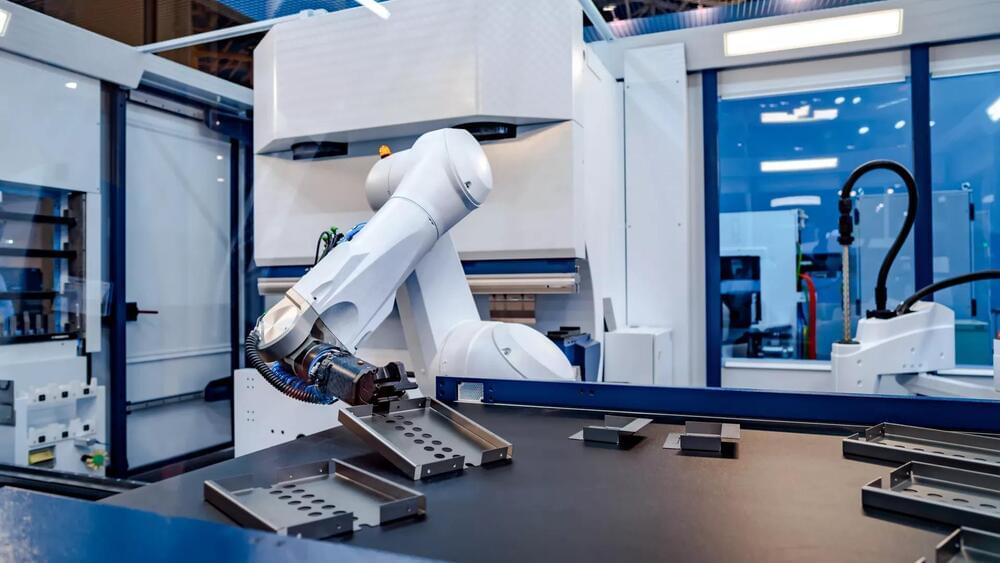
The brain, arrives at the claim that it possesses a non-physical, subjective awareness and assigns a high degree of certainty to that extraordinary claim. The theory does not address how the brain might actually possess a non-physical essence. It is not a theory that deals in the non-physical. It is about the computations that cause a machine to make a claim and to assign a high degree of certainty to the claim. The theory is offered as a possible starting point for building artificial consciousness. Given current technology, it should be possible to build a machine that contains a rich internal model of what consciousness is, attributes that property of consciousness to itself and to the people it interacts with, and uses that attribution to make predictions about human behavior. Such a machine would “believe” it is conscious and act like it is conscious, in the same sense that the human machine believes and acts.
This article is part of a special issue on consciousness in humanoid robots. The purpose of this article is to summarize the attention schema theory (AST) of consciousness for those in the engineering or artificial intelligence community who may not have encountered previous papers on the topic, which tended to be in psychology and neuroscience journals. The central claim of this article is that AST is mechanistic, demystifies consciousness and can potentially provide a foundation on which artificial consciousness could be engineered. The theory has been summarized in detail in other articles (e.g., Graziano and Kastner, 2011; Webb and Graziano, 2015) and has been described in depth in a book (Graziano, 2013). The goal here is to briefly introduce the theory to a potentially new audience and to emphasize its possible use for engineering artificial consciousness.
The AST was developed beginning in 2010, drawing on basic research in neuroscience, psychology, and especially on how the brain constructs models of the self (Graziano, 2010, 2013; Graziano and Kastner, 2011; Webb and Graziano, 2015). The main goal of this theory is to explain how the brain, a biological information processor, arrives at the claim that it possesses a non-physical, subjective awareness and assigns a high degree of certainty to that extraordinary claim. The theory does not address how the brain might actually possess a non-physical essence. It is not a theory that deals in the non-physical. It is about the computations that cause a machine to make a claim and to assign a high degree of certainty to the claim. The theory is in the realm of science and engineering.
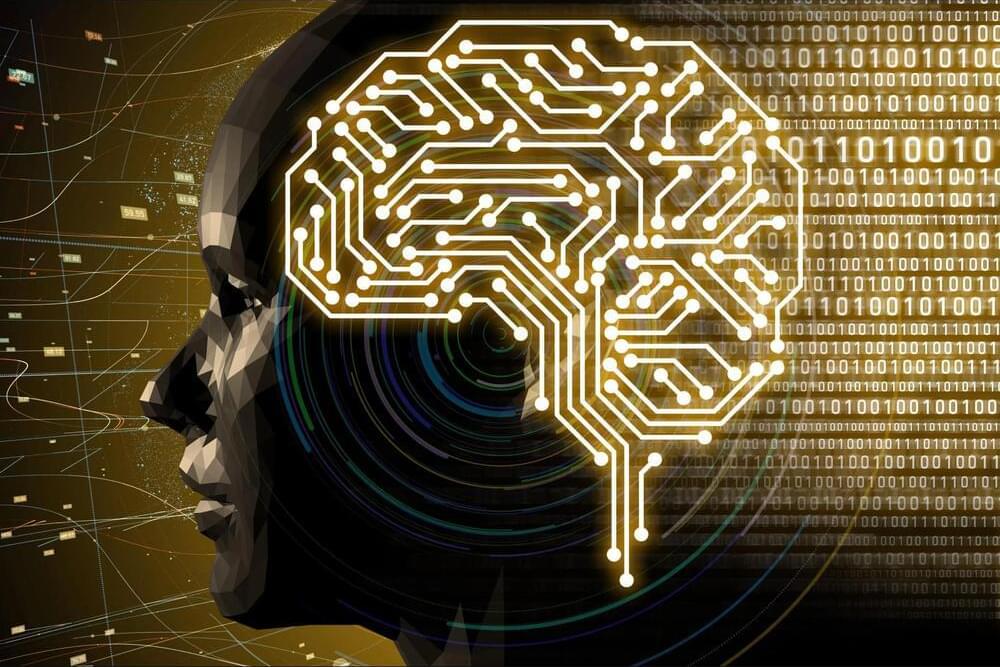
OpenAI is reportedly tracking its progress toward building artificial general intelligence (AGI). This is AI that can outperform humans on most tasks. Using a set of five levels, the company can gauge its progress towards its ultimate goal.
According to Bloomberg, OpenAI believes its technology is approaching the second level of five on the path to artificial general intelligence. Anna Gallotti, co-chair of the International Coaching Federation’s special task force for AI and coaching, called this a “super AI” scale when sharing on LinkedIn, seeing the possibility for entrepreneurs, coaches and consultants.
Axios said that AI experts disagree over whether “today’s large language models, which excel at generating text and images, will ever be capable of broadly understanding the world and flexibly adapting to novel information and circumstances.” Disagreement means blind spots, which lead to opportunity.

Achieving such a concept — commonly referred to as AGI — is the driving mission of ChatGPT-maker OpenAI and a priority for the elite research wings of tech giants https://fortune.com/company/amazon-com/” class=””>Amazon, https://fortune.com/company/alphabet/” class=””>Google, Meta and https://fortune.com/company/microsoft/” class=””>Microsoft.
It’s also a cause for concern https://apnews.com/article/artificial-intelligence-risks-uk-…d6e2b910b” rel=“noopener” class=””>for world governments. Leading AI scientists published research Thursday in the journal Science warning that unchecked AI agents with “long-term planning” skills could pose an existential risk to humanity.
But what exactly is AGI and how will we know when it’s been attained? Once on the fringe of computer science, it’s now a buzzword that’s being constantly redefined by those trying to make it happen.
A world teeming with self-aware brands would be quite hectic. According to Gartner, by 2025, generative A.I. will be a workforce partner within 90 percent of companies worldwide. This doesn’t mean that all of these companies will be surging toward organizational AGI, however. Generative A.I., and LLMs in particular, can’t meet an organization’s automation needs on its own. Giving an entire workforce access to GPTs or Copilot won’t move the needle much in terms of efficiency. It might help people write better emails faster, but it takes a great deal of work to make LLMs reliable resources for user queries.
Their hallucinations have been well documented and training them to provide trustworthy information is a herculean effort. Jeff McMillan, chief analytics and data officer at Morgan Stanley (MS), told me it took his team nine months to train GPT-4 on more than 100,000 internal documents. This work began before the launch of ChatGPT, and Morgan Stanley had the advantage of working directly with people at OpenAI. They were able to create a personal assistant that the investment bank’s advisors can chat with, tapping into a large portion of its collective knowledge. “Now you’re talking about wiring it up to every system,” he said, with regards to creating the kinds of ecosystems required for organizational A.I. “I don’t know if that’s five years or three years or 20 years, but what I’m confident of is that that is where this is going.”
Companies like Morgan Stanley that are already laying the groundwork for so-called organizational AGI have a massive advantage over competitors that are still trying to decide how to integrate LLMs and adjacent technologies into their operations. So rather than a world awash in self-aware organizations, there will likely be a few market leaders in each industry.
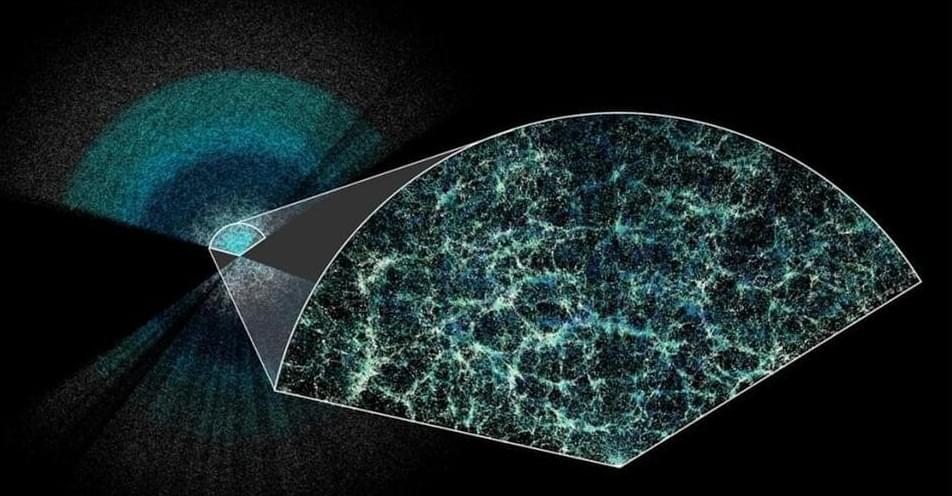
Image: Custom colormap package by cmastro; Claire Lamman / DESI collaboration On April 4, 2024, the Dark Energy Spectroscopic Instrument (DESI), a collaboration of more than 900 researchers from over 70 institutions around the world, announced that they have made the most precise measurement of the expansion of the universe and its acceleration.
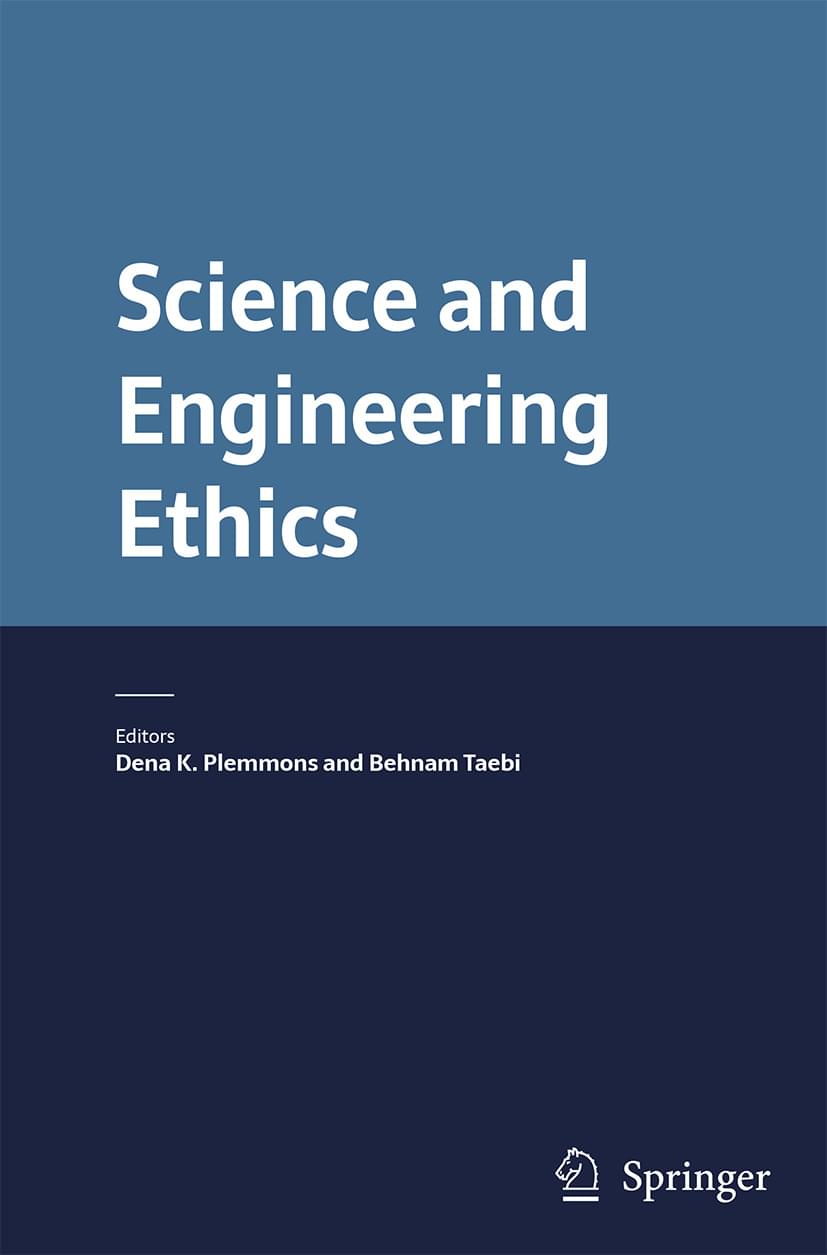
Human brain organoids are three-dimensional masses of tissues derived from human stem cells that partially recapitulate the characteristics of the human brain. They have promising applications in many fields, from basic research to applied medicine. However, ethical concerns have been raised regarding the use of human brain organoids. These concerns primarily relate to the possibility that brain organoids may become conscious in the future. This possibility is associated with uncertainties about whether and in what sense brain organoids could have consciousness and what the moral significance of that would be. These uncertainties raise further concerns regarding consent from stem cell donors who may not be sufficiently informed to provide valid consent to the use of their donated cells in human brain organoid research.
Javad Shabani is an Associate Professor of Physics and the Director of the Center of Quantum Information Physics. Shabani seeks to investigate quantum technology, the future of quantum computing, and quantum sensing applications.
Visit the Shabani Lab: http://shabanilab.com/
Meet more of NYU’s Arts \& Science faculty: https://as.nyu.edu/features/meet-facu…
Follow us on Instagram: / nyuartsandscience.
Follow us on LinkedIn: / nyu-arts-science.
More about NYU Arts \& Science: https://as.nyu.edu/
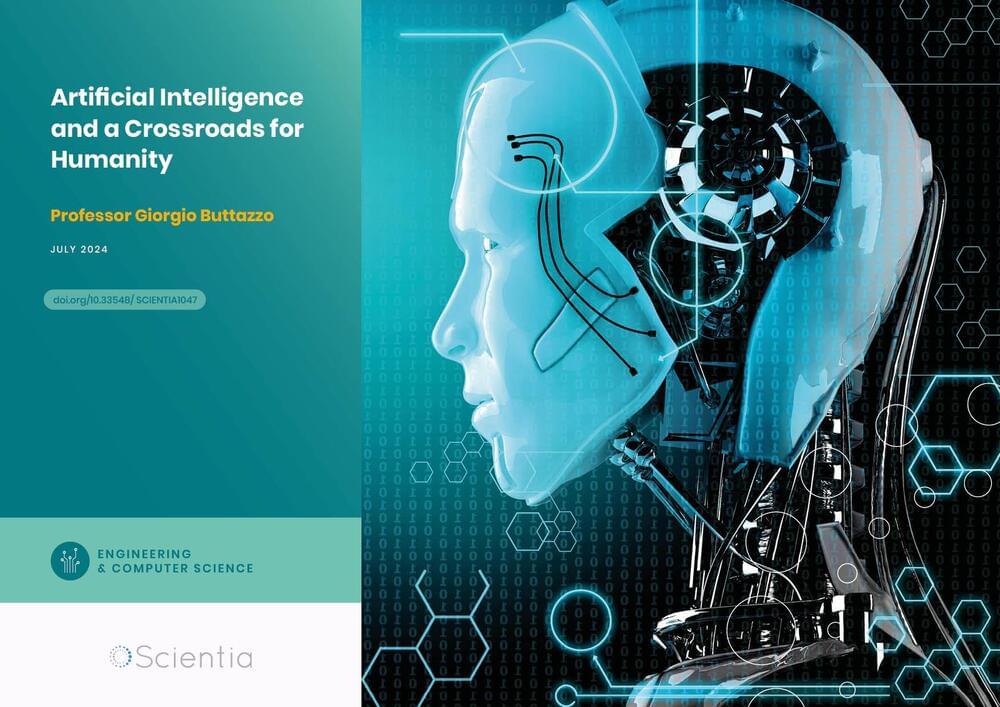
Where do we stand with artificial intelligence? Might machines take over our jobs? Can machines become conscious? Might we be harmed by robots? What is the future of humanity? Professor Giorgio Buttazzo of Scuola Superiore Sant’Anna is an expert in artificial intelligence and neural networks. In a recent publication, he provides considered insights into some of the most pressing questions surrounding artificial intelligence and humanity.
A Brief History of Neural Networks and Deep Learning
In artificial intelligence (AI), computers can be taught to process data using neuron-like computing systems inspired by the mechanisms used by the human brain. These so-called neural networks represent a type of machine learning (‘deep learning’) in which interconnected nodes or neurons are able to adapt and learn from data to recognise patterns and solve complex problems.